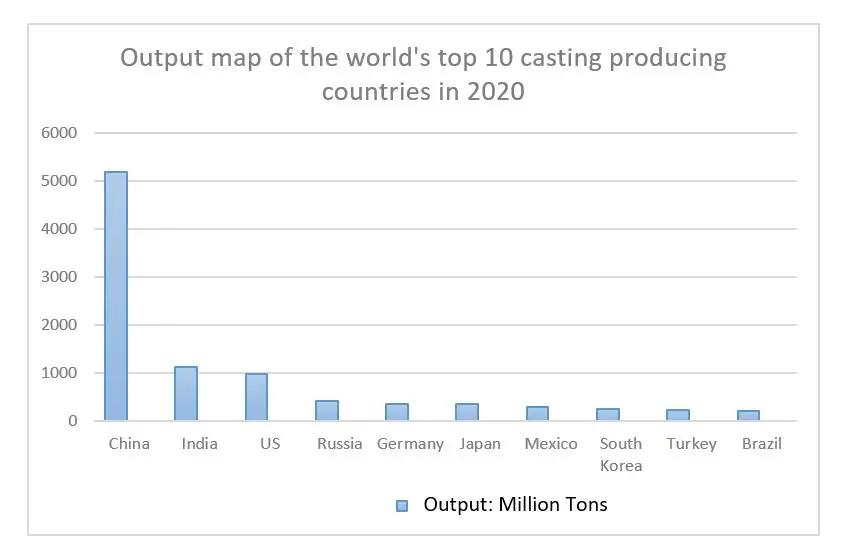The Role of Sintering Sand in Modern Manufacturing
Sintering sand is a fundamental material in the field of manufacturing, particularly in the production of metal components through the sand casting process. This process involves the creation of a mold from sand, which is then filled with molten metal to produce parts with precise specifications. The importance of sintering sand cannot be overstated, as it plays a critical role in determining the quality, strength, and durability of the finished product.
At its core, sintering is the process of compacting and forming a solid mass of material through heat and/or pressure without reaching melting point. In the context of sand casting, sintering sand refers to specially treated sand that can withstand high temperatures while maintaining structural integrity. This sand is mixed with bonding agents that help it retain its shape even when exposed to molten metal, ensuring that the mold does not break down during the casting process.
One of the key properties of sintering sand is its thermal stability
. The ability to withstand extreme temperatures means that it can be used in a variety of applications, from automotive parts to intricate aerospace components. The choice of sand type—whether it be silica, zircon, or chromite—directly impacts the overall performance of the mold and, consequently, the quality of the cast product. Each sand type has unique properties that make it suitable for different metal casting applications. For instance, silica sand is widely used due to its availability and cost-effectiveness, while zircon sand is favored for its higher melting point and durability.sintering sand

In recent years, advancements in technology have led to the development of synthetic and coated sands, which further enhance the performance characteristics of sintering sand. These innovations aim to improve the mold strength, reduce oxidation during the casting process, and minimize defects in the final product. Furthermore, the introduction of environmentally friendly sand options supports sustainability initiatives, allowing manufacturers to reduce their ecological footprint while maintaining high-quality production standards.
The impact of sintering sand extends beyond just the manufacturing of metal components. The properties of sand used in sintering processes are also changing the landscape of industries such as construction, where 3D printing technologies utilize sand mixtures to create building materials. This crossover illustrates the versatility of sand as a material and its evolving role in various manufacturing techniques.
Looking ahead, the demand for high-performance sintering sand is expected to grow as industries continue to seek lightweight, durable, and cost-effective solutions for their products. Continual research into the properties of sintering sand, coupled with advancements in casting technology, will undoubtedly lead to more efficient processes and higher quality outcomes across various sectors.
In conclusion, sintering sand is an essential material in the world of manufacturing, serving as a backbone for processes that produce crucial components across multiple industries. As technology advances and new materials are developed, the role of sintering sand will continue to evolve, opening new possibilities for innovation and improved production methods. Ensuring that the properties of sintering sand meet the demands of modern manufacturing will be vital for the future success of the industry.
Post time:Aug . 28, 2024 14:41
Next:sanding for 3d printing
